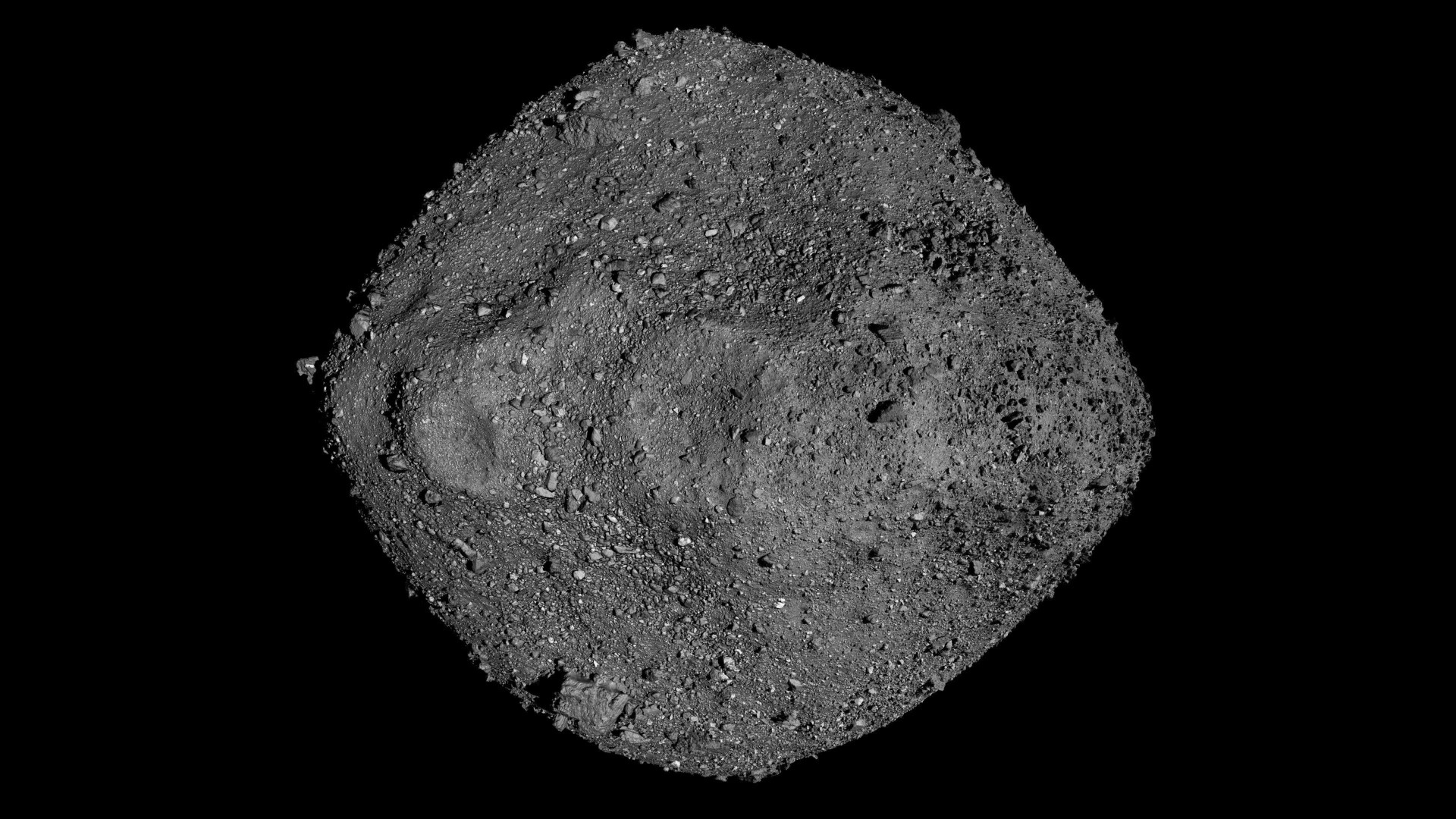Researchers from Western University have unveiled a groundbreaking discovery: the potential to produce edible biomass from organic compounds found in asteroids. This revolutionary approach could redefine long-duration space travel, allowing astronauts to rely on locally sourced food instead of costly resupply missions from Earth. The study delves into the specifics of using pyrolysis to extract hydrocarbons from carbonaceous chondrite asteroids, which are then fed to microbes to generate nutritious biomass. The implications of this finding could be transformative for the future of space exploration and the sustainability of human presence beyond our planet.

Growing Food in Space, with Asteroid-based Nutrition
It is no secret that long-duration space travel has challenges, including the need to carry thousands of pounds of food, complex agriculture for in-flight farming and expensive resupply missions from Earth. But now researchers at Western University’s Institute for Earth and Space Exploration have a radical idea that could change how astronauts would be able to maintain themselves over long missions.
In this case, their clever scheme is to use the organic molecules present in a certain type of asteroid known as carbonaceous chondrites. A significant amount of water and organic matter are present in these asteroids, such as the well-known Bennu studied by NASAs OSIRIS-REx mission. This team has developed a method which employs extreme temperatures and oxygen-free conditions, in the presence of these organic compounds to be pyrolysed. These are depleted in organic material and placed into feed hoppers where they serve as food for microbes that turn the hydrocarbons into biomass –a substance which is actually quite nutritious when we eat it!–
Beyond Cosmic Rocks: A Cosmic Feast from Asteroids?
I cannot overstate the potential significance of this finding. The scientists calculated that asteroids like Bennu could yield anywhere from 50 to 6,550 metric tons of edible biomass — providing enough calories to sustain the equivalent an astronaut life-year between 600 and17,000 times over. Such numbers from a single test indicate that this maybe an incredibly powerful strategy, one potentially refined to the point of zero food storage needs and expansive and enduring space excursions.
It also represents an opportunity, the researchers say; such a method for producing food from asteroids could change the way humans prepare for long-duration space missions. Setting aside the expensive and logistically fraught resupply missions from Earth, astronauts might be able to cultivate one of the cheapest and most reliable sources of sustenance in space auto-among each other. It could also be a way to reduce the costs of space exploration, making missions to truly deep space or beyond that much easier.
The Cosmic Pantry: an Introduction to the Challenges and Considerations of Asteroid-Based Food
However thrilling the prospect of one day having an interstellar salad, the researchers see additional hurdles and further work needed. Here, the team only designed the theoretical calculations using food yield as an example; however mining and processing on board should be explored further through space missions.
Furthermore, they point out the importance in determining safety and acceptability of the produced foods. The potential for asteroid-derived biomass is also limited by concern of contaminants or toxins in the asteroid material, that need to be investigated and abated. The team says their results are encouraging, but more work will need to be done to confirm they have a viable and safe way of using Cytotect to protect astronauts on long-duration space missions.
The authors are nevertheless hopeful that nutritional content extracted from asteroids could revolutionize food in extraterrestrial missions yet to come. This fresh concept would require fewer resupply missions and create a more sustainable food source, setting the stage for more adventurous and enduring future space endeavors.
